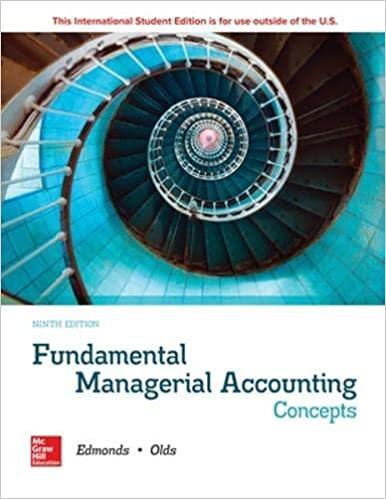Question
Laker Company reported the following January purchases and sales data for its only product. The Company uses a perpetual inventory system. Required: 2. Determine the
"Laker Company reported the following January purchases and sales data for its only product. The Company uses a perpetual inventory system. Required: 2. Determine the cost assigned to ending inventory and to cost of goods sold using weighted average." 
Laker Company reported the following January purchases and sales data for its only product. The Company uses a perpetual inventory system. 3. Determine the cost assigned to ending inventory and to cost of goods sold using FIFO.

Laker Company reported the following January purchases and sales data for its only product. The Company uses a perpetual inventory system. 4. Determine the cost assigned to ending inventory and to cost of goods sold using LIFO.

Step by Step Solution
There are 3 Steps involved in it
Step: 1

Get Instant Access to Expert-Tailored Solutions
See step-by-step solutions with expert insights and AI powered tools for academic success
Step: 2

Step: 3

Ace Your Homework with AI
Get the answers you need in no time with our AI-driven, step-by-step assistance
Get Started


